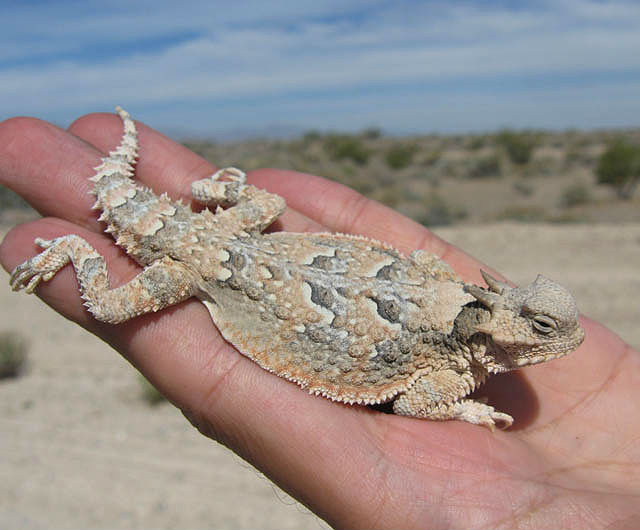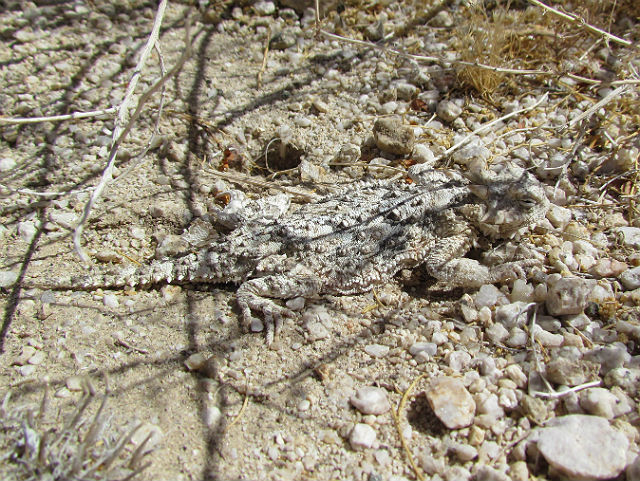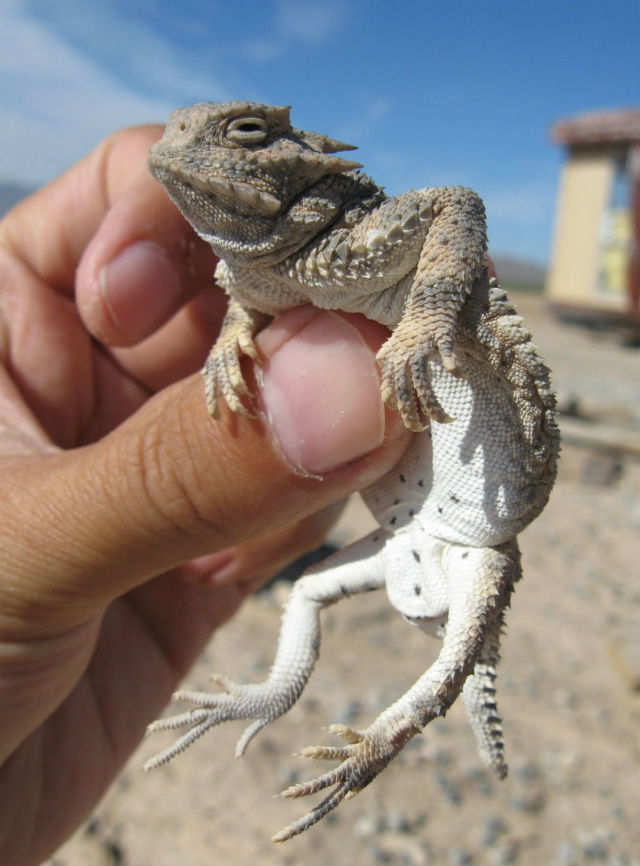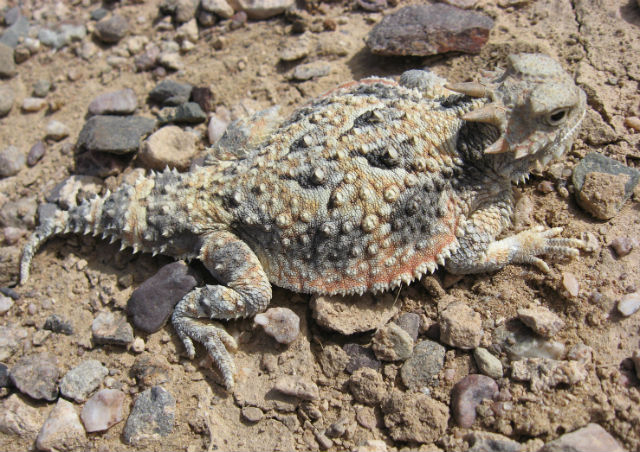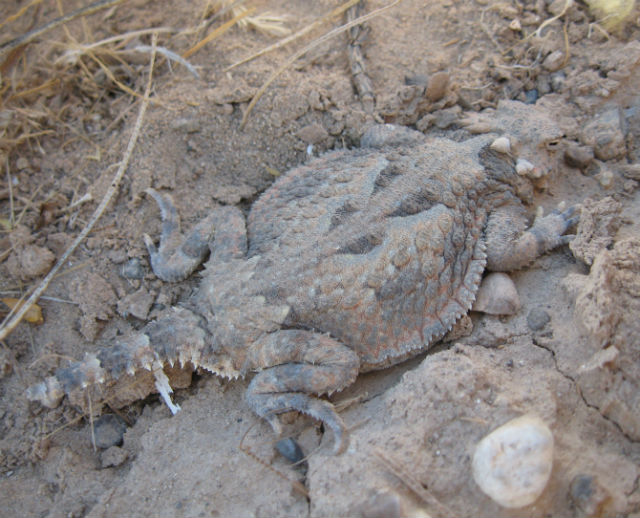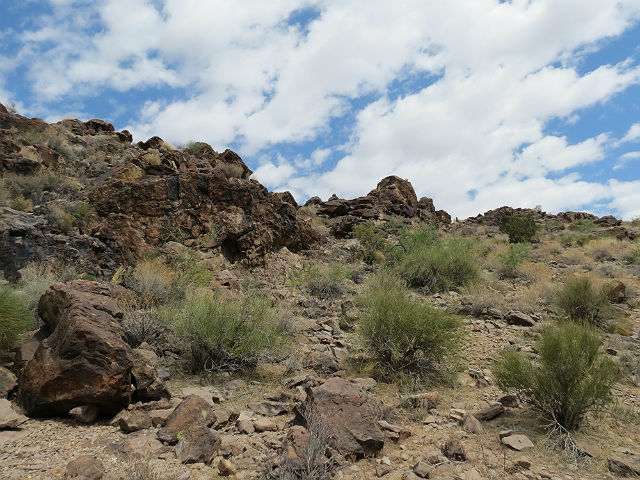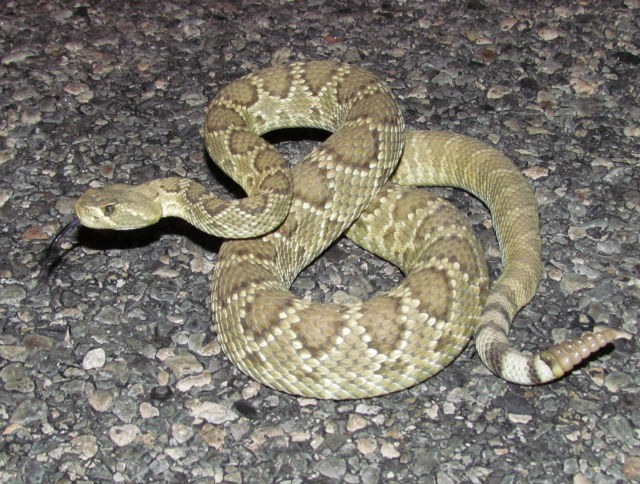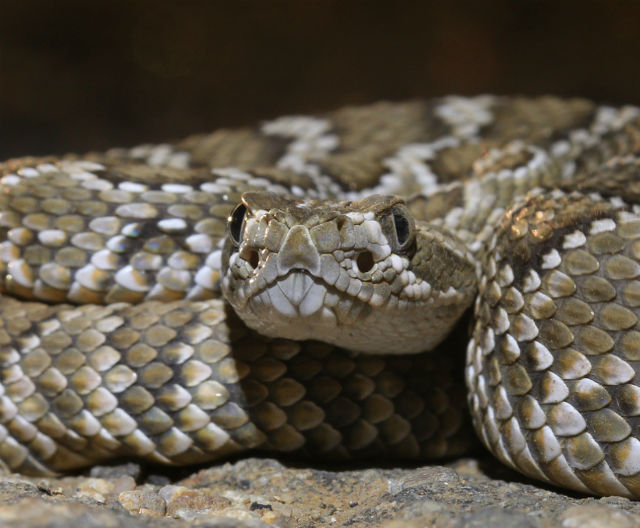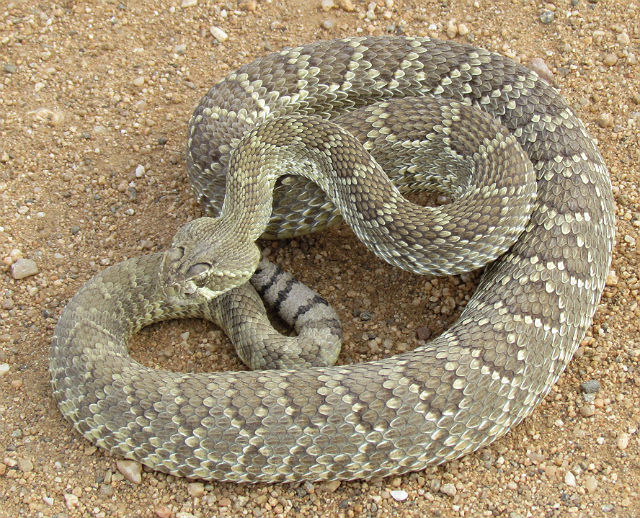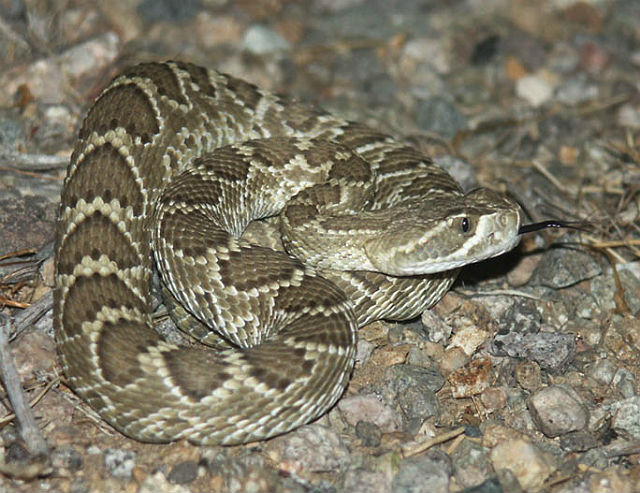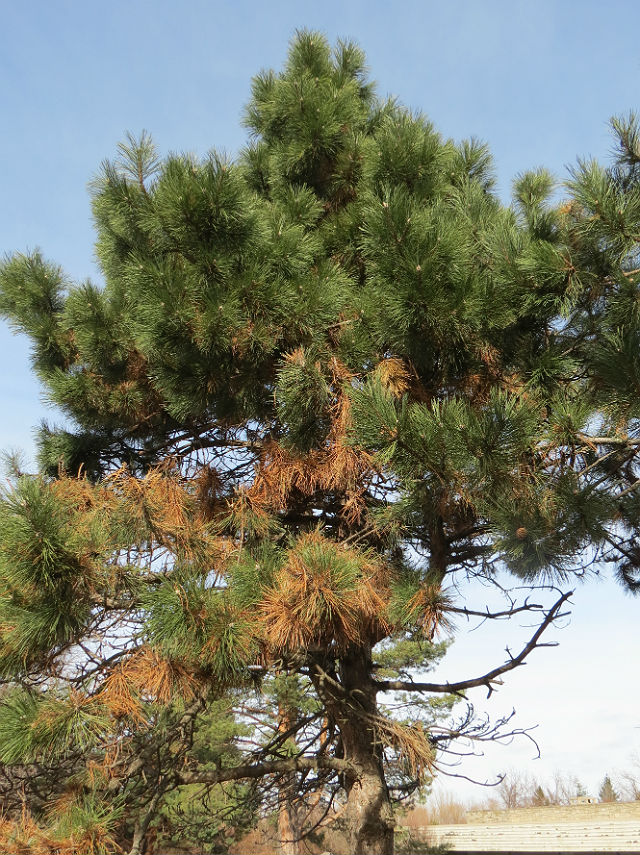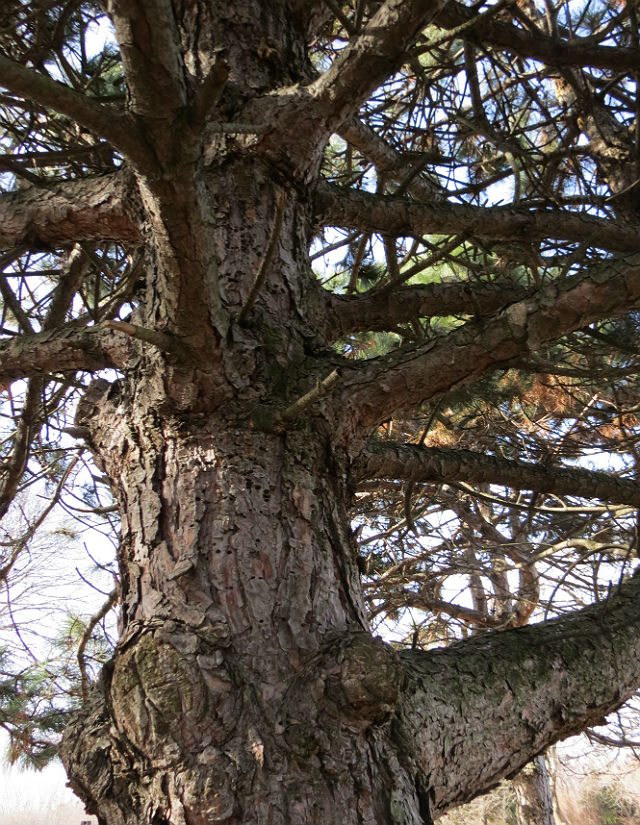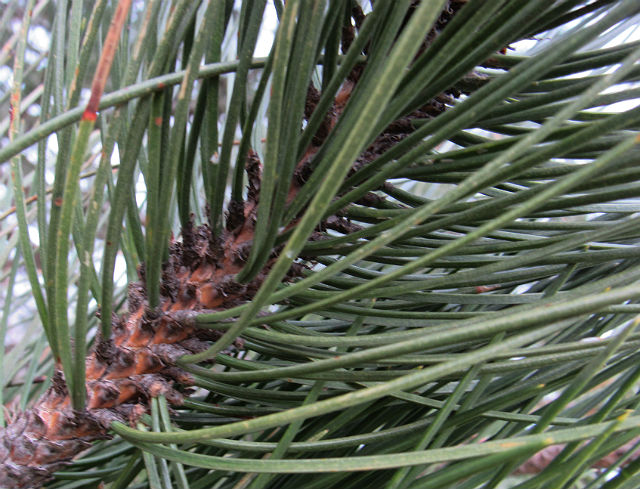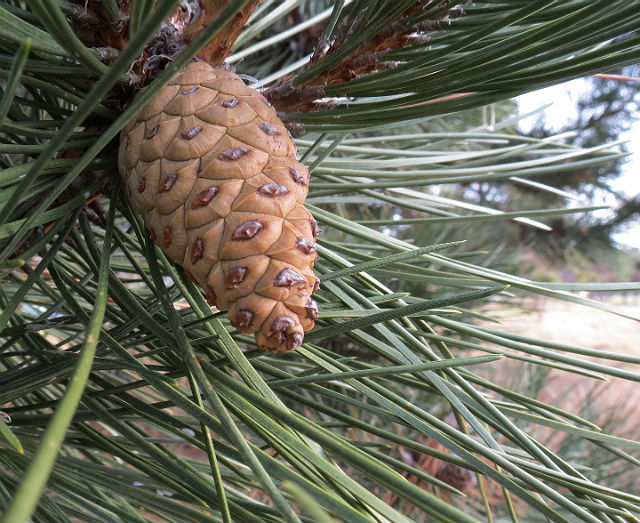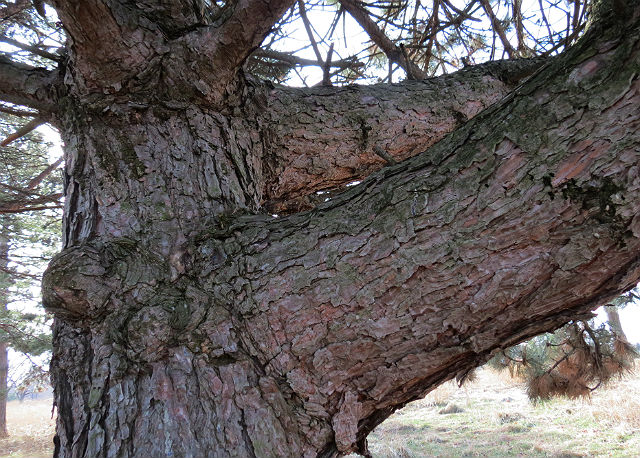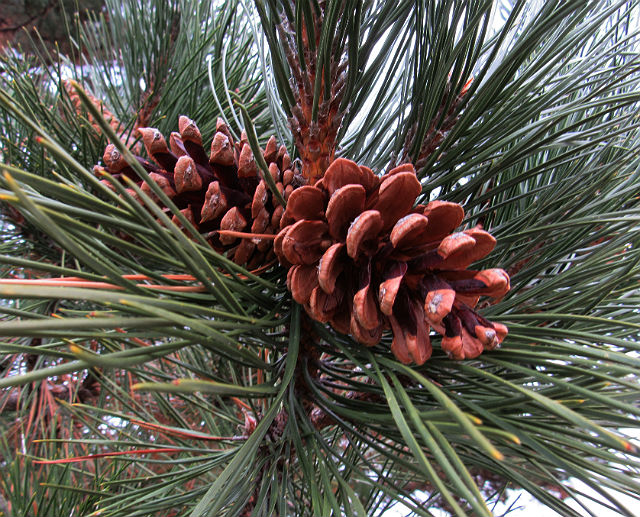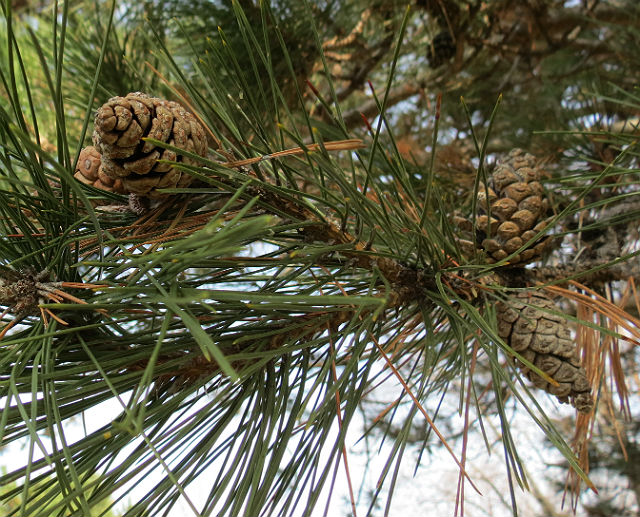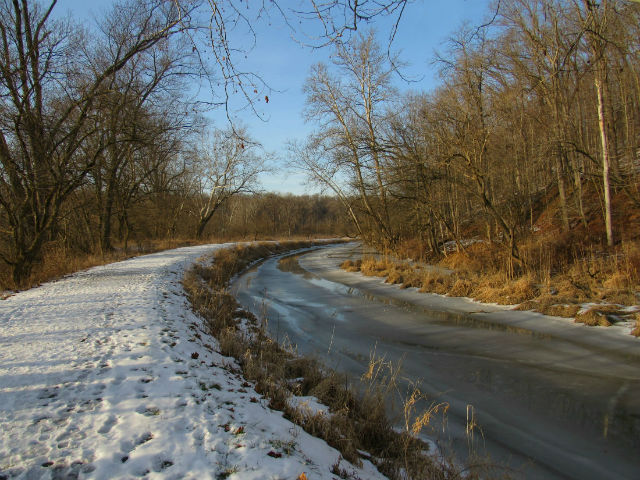Perhaps the most bizarre reptile living in the Mojave Desert is the Horned Lizard. We tend to think of lizards here in the United States as sleek and fast-moving, but this creature is an exception.
This species has a distinctive flat body with a row of fringed scales down its sides. Although it can run, it’s not particularly speedy.
Their coloration varies, but generally blends in with the the surrounding soil; there usually is a beige, tan, or reddish background with contrasting, wavy bands of darker color.
Horned Lizards are distinctive in appearance by virtue of the pointed, thick, spike-like scales that project from the backs of their heads.
When excited, they puff themselves up with air to make them look larger. Their large, flat body surface also works well as a solar collecting panel to maximize their amount of exposure to the sun. They even tilt their bodies to catch more rays when thermoregulating.
Being slower than other desert lizards, in response to a threat a Horned Lizard may play dead, run away, or in some case it may rupture small capillaries around its eyes and squirt a bloody solution at the would-be attacker.
This lizard is usually encountered in relatively flat, open, areas with sandy or loamy soil and is less frequently encountered on rocky areas and foothills. It is not a lizard that I consistently find on my trips, even if I go back to spots where they were previously found.
It feeds on ants and a variety of other insects, including beetles and the larvae of moths and butterflies. It also eats a variety of spiders and some plant material. It laps up small invertebrates with its tongue, much like a toad does.
Some species of Horned Lizards produce live offspring, but the Desert Horned Lizard produces one or two clutches of eggs which are laid in Spring and Summer. Their clutch size ranges from 2 to 16 eggs. Although they are reptiles, Horned Lizards are also known as Horny Toads or Horntoads. No matter what you call them, these reptiles are fascinating creatures and a lot of fun to encounter in the wild.



